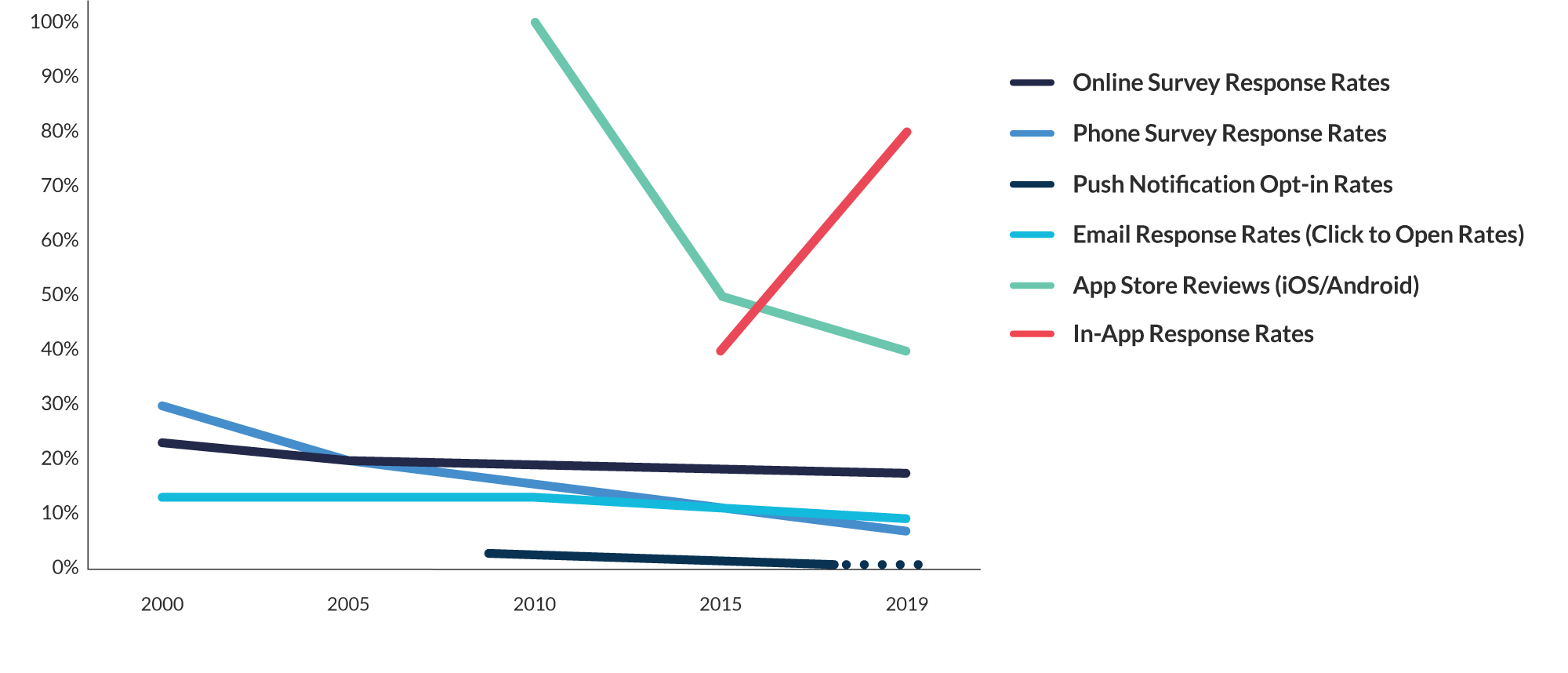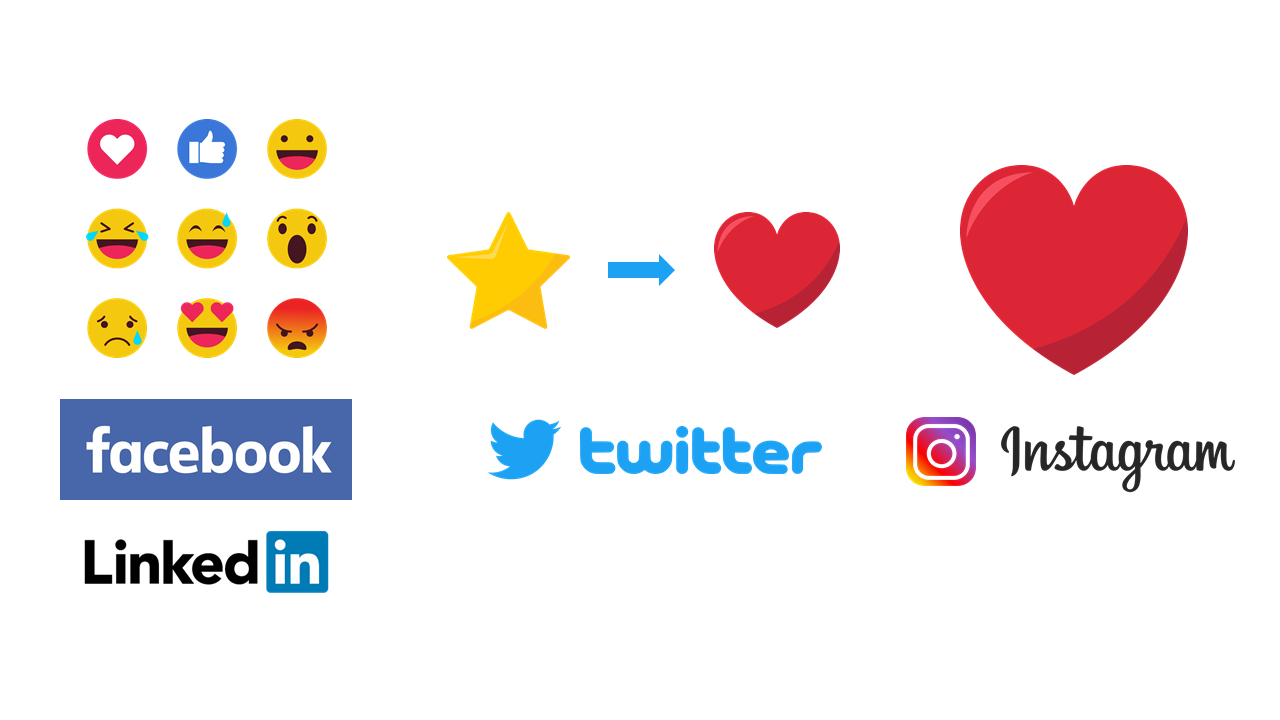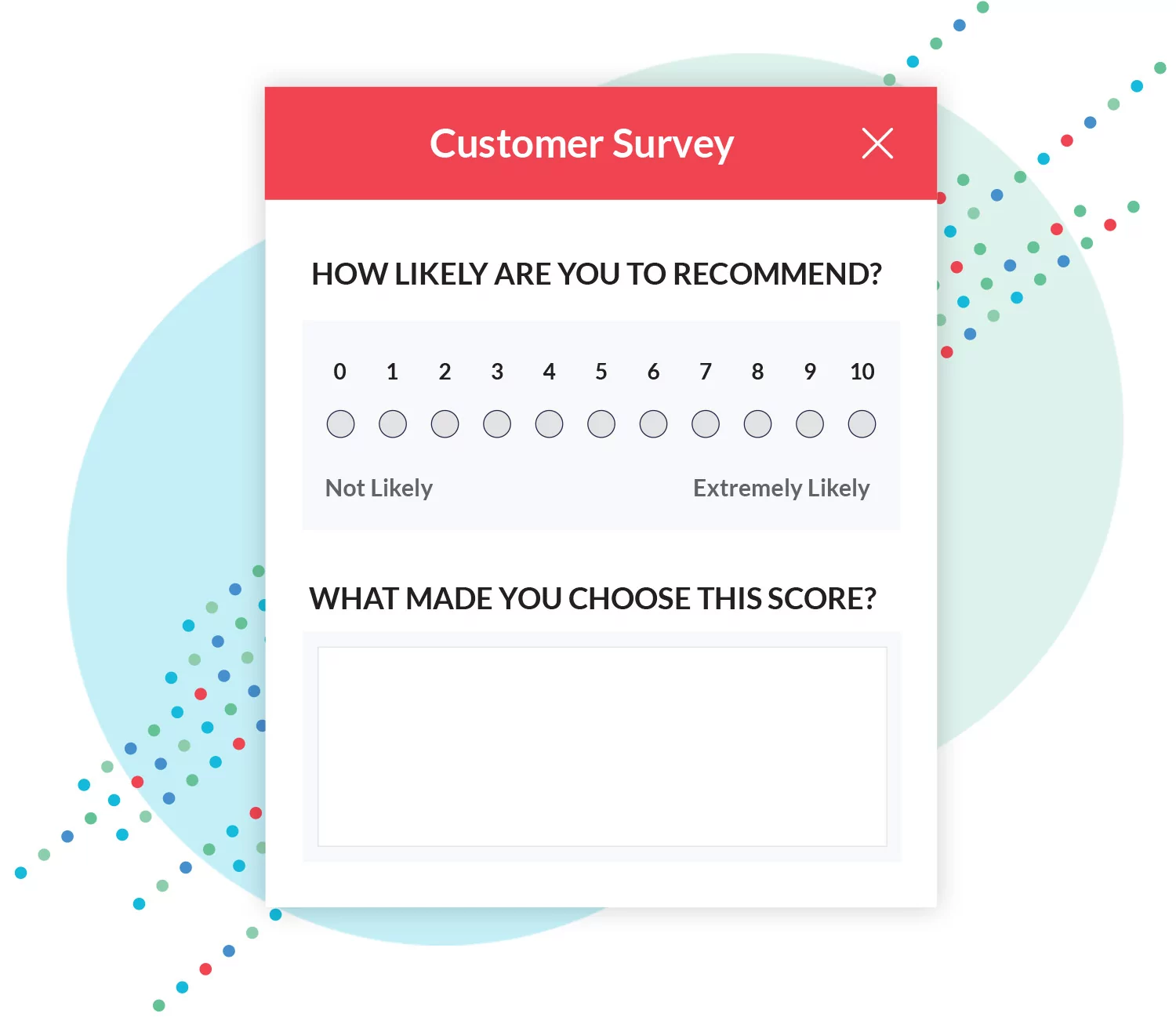Aside from acting as a badge of honor (and sometimes a point of shame), NPS alone isn’t a true indicator of customer experience. It’s an outdated way of measuring loyalty, predicting retention, and understanding customers. But don’t worry. There’s one simple adjustment you can make to NPS that results in more accurate data and actionable customer feedback.
What is NPS?
Net Promoter Score (NPS) serves as a leading growth indicator across industries. You can use it to measure customer loyalty and benchmark it against other players in your industry.
To calculate NPS, companies ask customers how likely they would be to recommend a product to their colleague or friend on a scale from zero to ten. You calculate the product’s score based on the ratio of “promoters” to “detractors.” If the score rises, you assume customers are happy and loyal. If the score falls, you assume marketing and product work need improvement.

- Promoters (score 9-10): Loyal customers who will keep purchasing and will refer the business to others
- Passives (score 7-8): Satisfied customers, but may be swayed by competitive offerings
- Detractors (score 0-6): Unhappy customers who can damage your brand by negative word-of-mouth
To complete your calculation, you then take your percentage of Promoters (9’s and 10’s) and subtract the percentage of Detractors (0’s through 6’s), leaving out the Passives (7’s and 8’s).
As it Exists Today, NPS is Dangerous
We know NPS can be a powerful tool if used correctly, and recognize the value in having one metric to provide a holistic pulse on your customer experience. Unfortunately, the way it’s used today by many companies can have flawed results.
It Reflects a Small Data Set
The most dangerous thing a company can do is make business decisions that reflect the needs or desires of a small data set. Yet, most brands are making major decisions based on feedback from less than one percent of their customers. This has to change.
It’s Confusing by Nature
NPS is a complex, flawed question. Rating on a scale of 0-10 means something different to every customer and therefore lacks data integrity. What does 0 mean? What’s the true difference between a 7 and an 8? When people answer NPS, they typically shrug their shoulders and pick a number in the middle without thinking too much about it or they just pick one of the two extremes, regardless of how they actually feel. When people aren’t really answering it accurately or reflecting more on their experience, how can you make informed business decisions?
It Doesn’t Map the Customer Journey Over Time
Longitudinal NPS results in a small data set that’s difficult to solicit feedback from time and time again. It keeps getting harder and harder to get valuable feedback from the same group of people over time when your data set is so small.
It Often Targets the Wrong Audience
Since most brands are only hearing from about one percent of their customers, the people that they do hear from are often not the target audience. For example, if your brand is trying to move into the Gen Z category but only sends out NPS surveys via email, who do you think is answering that NPS survey? Certainly not Gen Z. So many brands make decisions for their target audience based on NPS answers from a completely different cohort. It’s just not accurate or useful. Nowadays, everyone has their mobile device in their pocket. Brands have a unique opportunity to become hyper-focused and personalized in their communication through mobile customer feedback.
NPS was Created for a Different Time
The main reason why NPS, as it exists today, is dangerous is that it was invented for a different time period. When NPS was developed, the world of customer experience and communication looked vastly different.
Traditional Communication Channels are Failing
When NPS was first created, customers didn’t have as many digital communication channels. Email was a new and novel concept, so brands could reach a lot more people this way. Nowadays, “inbox zero” feels like a far-fetched myth only the most diligent of us can achieve. Consumers are getting bombarded with marketing messages left and right, so in order to get their valuable feedback, it is critical for companies to solicit that feedback at the right moment, and via the right medium—mobile.

Senior Leadership wasn’t as Focused on Holistic CX
If you ask, most people will claim they’ve always prioritized and valued customer experience. But the way we measure and act on CX today is very different than how it used to be. The worlds of marketing and product are colliding in new ways as customer experience takes center stage. We’re seeing companies – specifically enterprises – begin switching up their organizational structure in order to prioritize CX.
We Think about Experiences in Emotions, Not Numbers
Think about the evolution of four of the most popular social media platforms today: Facebook, Twitter, LinkedIn, and Instagram. Facebook and LinkedIn no longer just offer “likes,” they have “reactions” where people can respond to content with a single Emoji indicating emotion. Twitter threw away its star-shaped like button and introduced a heart-shaped one. Instagram seems to be the one platform that got it right from the start with its heart-shaped button.

People measure and think about experiences in emotions, not numbers. When you ask someone if they liked something, their first instinct isn’t to give you a ranking on a scale. No, they will use words that describe feelings and emotions instead. This is how our brains are naturally hardwired, and ultimately, it provides much better insight into the actual experience than some arbitrary number. So, why don’t our customer experience metrics match reflect this?
NPS+ is the Solution
We know NPS will never go away. Too many companies rely on this metric, and we recognize that many of you reading this measure your performance based on NPS. We absolutely think there’s value in having one metric that gives you a pulse on your entire customer experience. The problem is that the world is different today than it was when NPS began. Most companies are only hearing from less than one percent of their customer base, which can be dangerous.
The Advantage of NPS+
Today, everyone has their mobile phone in their pocket at all times, and people are more accessible than ever. You have a unique opportunity to gather much more valuable and actionable customer feedback if you evolve NPS to NPS+.
Our team devised NPS+ as a simple solution to meet our customers’ needs while adhering to our beliefs about actionable customer feedback. The goal of a Net Promoter Score-type survey should be to determine the path necessary to change detractors, neutral customers, and even promoters to strong brand advocates. NPS+ does just that. By simply asking customers, “Why did you choose this score?” after the traditional rating question and allowing customers to provide unstructured feedback, we have helped companies to contextualize the NPS score and to understand where their customers think they’re doing well and where they need to improve — and made the survey valuable and relevant for the end customer.

Turning Insights into Action
Imagine the value in creating campaigns to turn detractors into promoters, moving passives up on the scale, and identifying power-customers to participate in product development (such as beta-testing). By segmenting detractors, passives, and promoters in specific ways, companies move from tracking a number to actually taking action. While follow-up is historically challenging after NPS, Alchemer Mobile (formerly Apptentive)’s NPS+ Surveys make it a core part of the strategy.
The Game-Changer for Customer Insights
Increasing the percentage of customers who respond to NPS is a game-changer. Not only does it help you understand how you’re doing by measuring customer satisfaction, it allows you to make more customer-centric business decisions—changing the trajectory of your entire business. You can use it to pinpoint areas of opportunity for increasing retention and customer lifetime value.
From now on, when you say “Our NPS is X,” ask yourself, “What does that actually mean?” and “What does this tell me about how people feel?”




